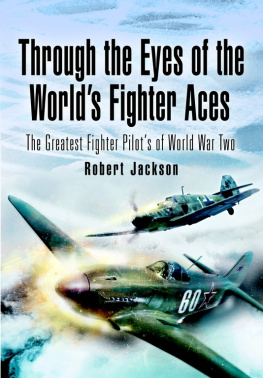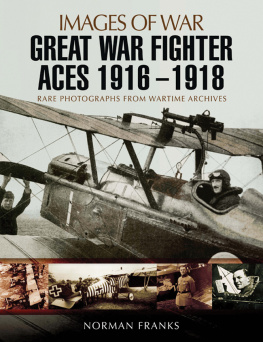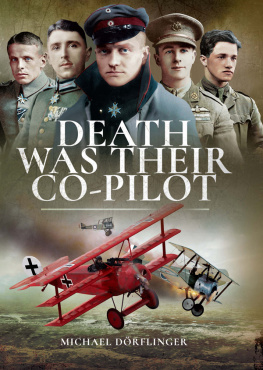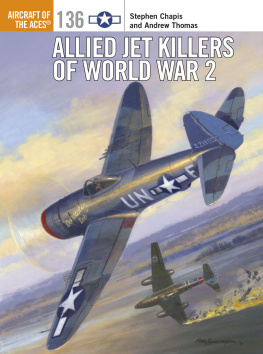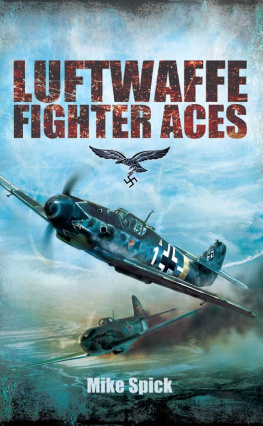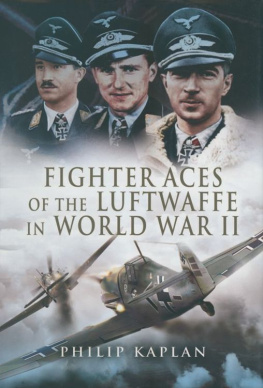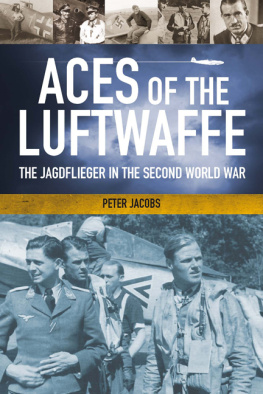


Copyright Mike Spick 1996, 2011, 2021
Originally published in Great Britain in 1996 by Greenhill Books,
Lionel Leventhal Limited
Reprinted in this format in 2011 and 2020 by Frontline Books
First Skyhorse edition, 2021.
All rights reserved. No part of this book may be reproduced in any manner without the express written consent of the publisher, except in the case of brief excerpts in critical reviews or articles. All inquiries should be addressed to Skyhorse Publishing, 307 West 36th Street, 11th Floor, New York, NY 10018.
Skyhorse Publishing books may be purchased in bulk at special discounts for sales promotion, corporate gifts, fund-raising, or educational purposes. Special editions can also be created to specifications. For details, contact the Special Sales Department, Skyhorse Publishing, 307 West 36th Street, 11th Floor, New York, NY 10018 or .
Skyhorse and Skyhorse Publishing are registered trademarks of Skyhorse Publishing, Inc., a Delaware corporation.
Visit our website at www.skyhorsepublishing.com.
10 9 8 7 6 5 4 3 2 1
Library of Congress Cataloging-in-Publication Data is available on file.
Cover design by Kai Texel
Print ISBN: 978-1-5107-5435-5
Ebook ISBN: 978-1-5107-5436-2
Printed in the United States of America
ILLUSTRATIONS
Plates (between pages 96 and 121)
Figures
PREFACE
Flying has no equivalent, while war is the second oldest profession. Combined, they are the ultimate in human experience. The fighter pilot is the modem equivalent of the ancient single combat champion, whose worth was measured by the number of his victories. Yet no champion of old ever approached the number of victories attributed to the leading fighter pilots of the Luftwaffe in the Second World War. What sort of men were they?
The truth is that fighter pilots are an international fraternity, a brotherhood divided only by language and the national insignia on their aircraft. The German pilots of the Second World War may have been more successful, but in essence they were no different from those of any other nation or period. Many retained an innate decency in spite of the slaughter, under the banner of chivalry. As second highest scorer Gerd Barkhom once told Erich Hartmann,... you must remember that one day that Russian pilot was the baby son of a beautiful Russian girl. He has his right to life and love the same as we do.
The war itself took a heavy toll, and the intervening years have not been kind. Even as this book was being written, the redoubtable Adolf Galland, Georg-Peter EderLucky 13and ace of aces Erich Hartmann all went upstairs. For those remaining, fifty years has faded the memory. As my friend Julius Neumann, once a young Bf 109E pilot with II/JG 27 told me, The heroes are getting tired. This being the case, entirely new material was virtually unobtainable.
I am therefore indebted to my friends Alfred Price and Edward Sims for permission to quote extracts from their published works, and to Martin Middlebrook for permission to use two passages from his book The Nuremberg Raid. All sources used are listed in the Bibliography. My thanks are also due to my friends at Cranwell College Library and the Royal Aeronautical Society, and to Mr Brian Cocks of Helpston, for their generous help in making information available.
The German fighter arm did not use the expression ace, preferring Experte. This expression I have used throughout. Nor have I anglicised the spelling of German names except for the few cases where this is already widely accepted. Geschwader, Gruppe and Staffel have been left in their original forms, as English approximations are misleading. Ranks have for the most part been omitted: rapid promotion is a feature of war, and to go from corporal to colonel in the space of a paragraph or two is not only confusing but unnecessary. Finally, I have used the widely accepted Bf (Bayerische Flugzeugwerke) for early Messerschmitt fighters, changing to Me where the Germans themselves did so.
Mike Spick
PROLOGUE
I had seen Tempests above me, I could see them beside me, and new Tempests were approaching from underneath. My only chance lay in evading them until I could reach the cloud layer. So I tore off at top speed towards the cloud, jinking to the left and right with the rudder. This deceived the enemy behind me as to my direction of flight, and the more rapidly I trod on the rudder pedal the more difficult it was for the reflex sights behind me to show the right deflection. As a result, the fire of the Tempests missed to the side, since the pilots relied on the views in their sights. The trick worked well. I reached the cloud and attempted a zoom climb, intending to come around into a head-on firing pass at the Tempests, breaking up their attack. This was not to happen, since a Tempest below me could see me in the thin cloud and reported my direction of flight to my pursuers. Thus a Tempest was waiting to attack me when I left the cloud, and struck my wounded bird in the tail area. After a sharp blow, which I could feel through the control stick, my elevators failed. It was time to get out.
I jettisoned the canopy at about 600km/hr, released my harness, and was sucked from the cockpit of my FW, which was now standing on its nose. I was hurled upside down along the fuselage, and the fin struck my left arm so hard that it broke it, ripping the sleeve from my leather jacket.
The fate of FW 190D pilot Unteroffizier Georg Genth of 12/JG 26 represents in miniature that of the Luftwaffe fighter arm itself, the onceproud Jagdflieger. Heavily outnumbered, and for the most part with their aircraft outclassed, they were hunted down and shot from the skies over their own homeland. Genth survived this encounter, which took place on 7 March 1945, with injuries that were relatively minor but which were still enough to put him out of the war. Over the previous six years, tens of thousands of his comrades had not been so lucky. Although the cause for which they had fought was tarnished, their honour was redeemed by the lustre of their deeds.
When the skies over Europe were finally still and the victorious Allies had overrun the Third Reich on the ground, the record of the Jagdflieger became available for inspection. It caused a sensation. The scores of the German fighter pilots totally eclipsed those of their Allied counterparts. Whereas a tally of 30 victories was exceptional among British and American fighter pilots, a mere 35 German pilots were credited with the destruction of no fewer than 6,848 aircraft in air combatan average of almost 196! Two of them had actually topped the 300 mark! Even in the demanding scenario of night fighting, two pilots had recorded over 100 victories.
These figures were at first regarded with incredulity by the Allies: the Nazi propaganda department headed by Dr Joseph Goebbels had long made all German pronouncements suspect. Then, as serious researchers investigated, it was found that while overclaiming is and always has been a feature of air warfare, regardless of period and nationality, the claims of the Jagdflieger had been made in good faith, and had been examined as rigorously as circumstances permitted before confirmation was issued.
Next page


